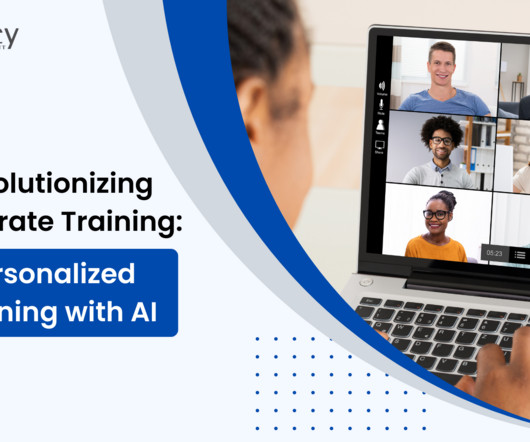Coping with change
Clark Quinn
NOVEMBER 30, 2021
They’re also largely immovable objects, so remedying problems is an exercise in calm. This requires reliance on updating familiar patterns to new circumstances. However, that’s what learning’s all about, right? It’s partly formal and partly informal learning, yet this is what I do.










































Let's personalize your content